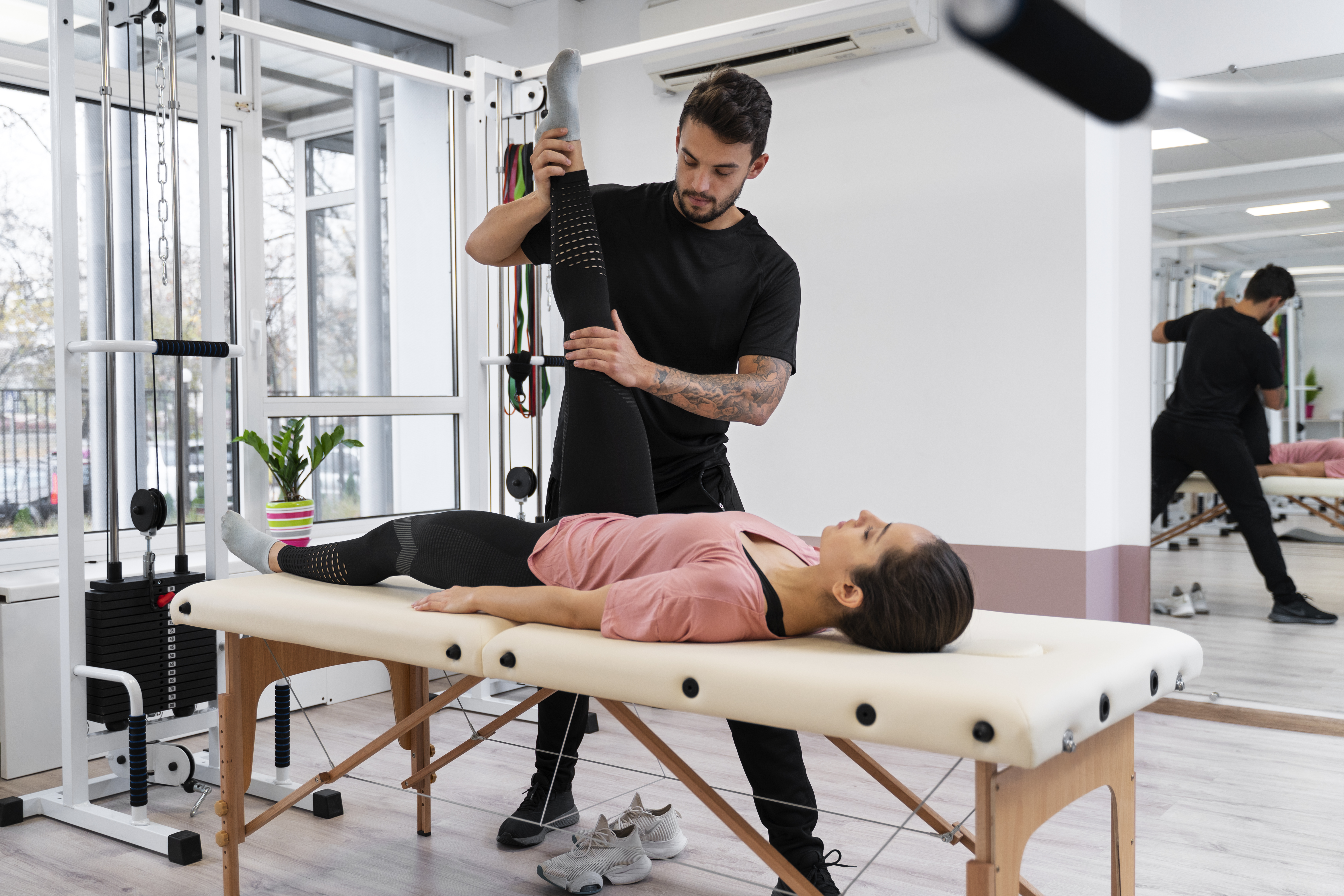Enduring injuries while playing sports or exercising is very common. Lucky are a few who escape though. For an athletes injuries can be devastating, often ending careers or delaying seasons. Recently, India's ace cricketer Rishabh Pant was hit by a ball on his knee, the same place where he was operated for another injury during his car accident last year. The wicket-keeper, reportedly, will not be playing the upcoming second test match in Pune. Another sportsman, an internationally acclaimed yachtsman Captain Atool Sinha, NM (retd) from the Indian Navy broke his hand during an offshore double-handed world championship held in Lorient, France onboard a sailing boat last month. One wonders what happens when these athletes endure injuries and how they return to their jobs like ever before. While traditional treatments like surgery and physical therapy have been the primary methods of recovery, a new wave of regenerative therapies is offering promising alternatives. We got in touch with Dr Surbhi Bhagat, a senior doctor super specialty in USG guided intervention pain at ORTHOReNEW Regenexx India to know more about regenerative therapies and how they are more effective in recovering process.
Regenerative Therapies for Athlete Injuries:
Four main types of regenerative therapies are used for athlete injuries:
Stem Cell Therapy
Stem cells are undifferentiated cells that can develop into various types of tissue. When injected into an injured area, they can help regenerate damaged tissue, reduce inflammation, and promote healing.
Types of stem cells: Adult stem cells (found in bone marrow, fat, and other tissues) and embryonic stem cells are commonly used.
Potential benefits: Stem cell therapy may help reduce pain, improve mobility, and accelerate injury recovery.
Platelet-Rich Plasma (PRP) Therapy
PRP is a concentrated solution of platelets, which contain growth factors that promote healing. When injected into an injured area, PRP can stimulate tissue repair and reduce inflammation.
Potential benefits: PRP therapy may help reduce pain, improve function, and accelerate healing.

Exosome Therapy
How it works: Exosomes are tiny vesicles released by cells that contain proteins, RNA, and other molecules involved in cell communication. When injected into an injured area, exosomes can promote tissue regeneration and reduce inflammation.
Potential benefits: Exosome therapy may help reduce pain, improve function, and accelerate healing.
Gene Therapy
How it works: Gene therapy involves introducing genes into cells to treat a disease. In the case of athlete injuries, gene therapy can be used to target specific genes involved in inflammation or tissue repair.
Potential benefits: Gene therapy may offer a more targeted approach to treating athlete injuries and could potentially lead to long-lasting benefits.
“It's important to note that the effectiveness of these therapies can vary depending on the individual, the specific injury, and other factors,” warns Dr. Bhagat.

What are the common athlete injuries treated with regenerative therapies?
• Muscle tears: Strains and ruptures of muscle tissue.
• Tendinitis: Inflammation of tendons.
• Ligament sprains: Injuries to ligaments, often resulting from overstretching or tearing.
• Cartilage damage: Injuries to the smooth, cushioning tissue in joints.
What are the challenges of regenerative therapies?
• Efficacy: While promising, the long-term effectiveness of regenerative therapies for athlete injuries is still being studied.
• Safety: There may be potential risks or side effects associated with these treatments.
• Cost: Regenerative therapies can be expensive.
• Availability: These treatments may not be widely available in all regions.
Read More:



